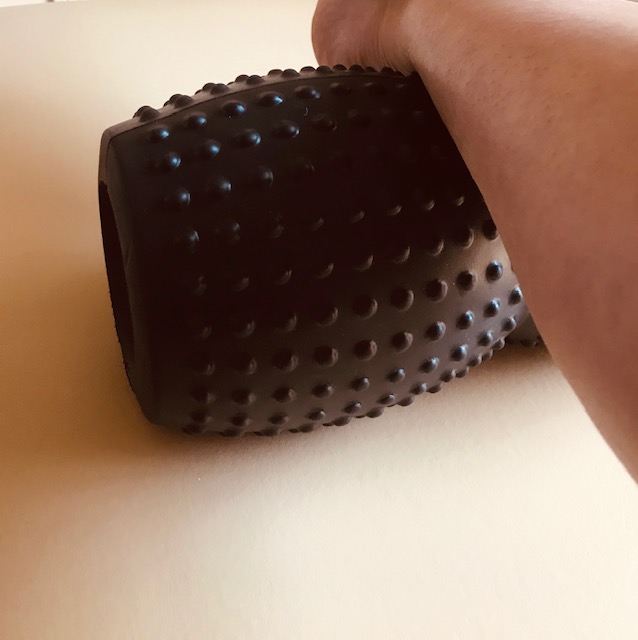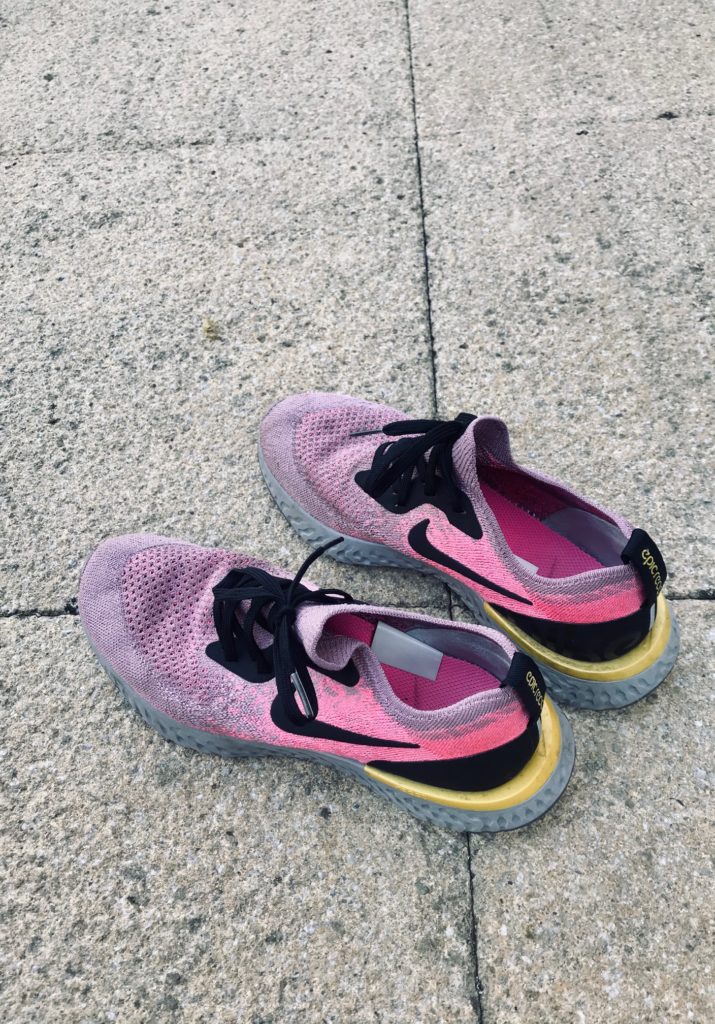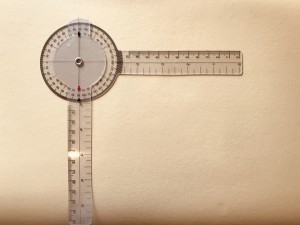There are many exercises that are considered to be safe during pregnancy and it is important to maintain your fitness – albeit with some adjustments to your usual routine. Saying this there are some exercises that are more beneficial than others.
With increased joint laxity during pregnancy, it is more critical than ever to have well-toned, balanced muscles to increase joint stability and decrease pain i.e. back and pelvic pain. The following exercise can also help reduce the likelihood and severity of abdominal diastasis i.e. when the stomach muscle separates in the mid line during pregnancy.
The TA – Transverse abdominis muscle
This is arguably the single most important muscle to exercise. This muscle acts as the body’s internal corset and is the innermost muscle of the abdominals. During pregnancy, a strong TA is important to provide support for the abdomen, back and pelvis which can decrease pain in those areas, as well as to support the ever-expanding belly.
Activating the TA muscle
You can activate the TA muscle in many positions. You can sit (ensure you are sitting up right), you can stand (stand up straight with equal weight through both feet), you can kneel on all 4’s (ensure your back is not slumped or over arched) or you can semi-squat against a wall with your back supported and your feet out in front of you.
- Place your hands on your belly, one above and one below the belly button
- Take a deep belly breath (breath into your tummy) – inhale through the nose letting the belly expand fully
- Exhale through the mouth, letting the belly button sink in and using your abs, draw the belly button up and in towards your spine
- Hold that “belly in” position and breathe – your ribs will now have to expand out to the side while the belly is pulled in keeping the TA contracted
- Hold for 10 seconds, release. Repeat 10 times. Work up to 30 at a time, 10 second holds each
DO NOT let your shoulders round during this exercise. Keep them down and back.
Purpose: Support the abdomen, low back and pelvis to decrease or prevent pain and to prepare to push the baby out during labour.
The pelvic floor
The pelvic floor is another group of muscles important for pre and post pregnancy. They surround the urethral, vaginal and rectal openings. It is important to have strong yet flexible pelvic floor muscles so they can stretch and rebound as needed during labour.
Pelvic floor exercises are a good way to strengthen these muscles. There are two types of exercises – slow twitch and fast twitch. It is important that you do the slow twitch first and then the fast twitch each time you exercise your pelvic floor muscles.
To perform the slow twitch exercises:
1. Close and draw up the muscles around back passage, as if you are trying to stop passing wind. Make sure that you do NOT contract your buttock muscles while you do this.
2. Now close and draw up the muscles around your vagina, as though you are trying to stop the flow of urine.
3. Hold for a count of five. Try not to hold your breath, breathe normally.
4. Then slowly relax and let go.
5. Repeat five times in total.
Use this as your baseline. For example, if you can only hold the contraction for a count of three, then every time you do your exercises, contract the muscles for a count of three. Gradually try to work up to four, then five.
To perform the fast twitch exercises:
1. Pull up the pelvic floor muscles as before (see numbers 1 and 2 above).
2. Hold for one second and then relax.
3. Repeat 5-10 times or until your muscles feel tired.
DO NOT Squeeze your buttocks; bring your knees together; or hold your breath
Practice five pelvic floor contractions (as explained above) five times a day. You can feel your pelvic floor contracting by putting one or two fingers into your vagina whilst having a bath or shower. Tighten your pelvic floor so that the muscles squeeze your finger hard.
Purpose: To build pelvic floor strength, flexibility and control to increase birthing efficiency and help with post partum recovery.
If you are unsure about any of these exercises you should cease them and speak to your midwife or please feel free to contact us.




 With Children going back to school for a new year now is a great time to think about Ergonomics in schools.
With Children going back to school for a new year now is a great time to think about Ergonomics in schools.



